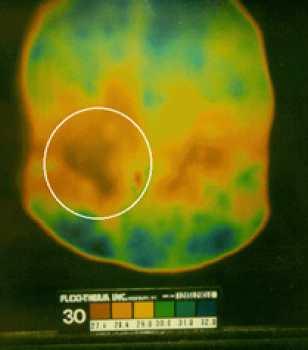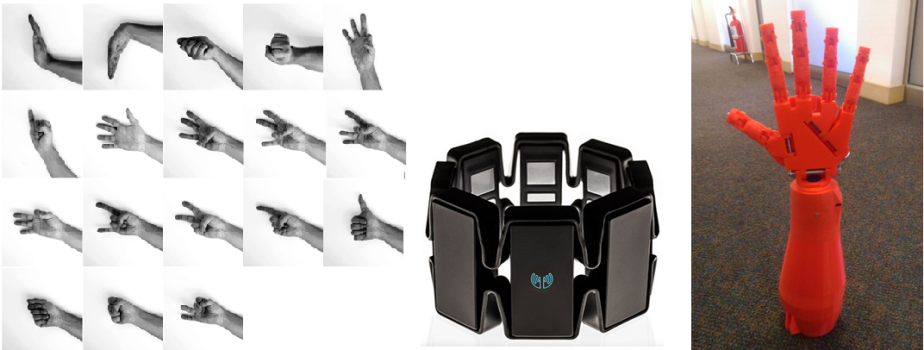Biomedical Signal Projects
-
Epigastric Aura in Epileptic Seizures
Patients with mesial temporal lobe epilepsy have reported a great incidence (90% of the patients) of epigastric auras through most part of their crisis. These auras are reported as an ascending epigastric sensation in the upper half part of the abdomen and although they are common in this type of epilepsy there is no evidence of their physiological meaning and how they are correlated to the brain activity prior to a seizure. Therefore, this study aims to research, using EEG and EGG recordings, the pathophysiology of these auras in epileptic patients and to find, if any, the correlation of the activity in the CNS and in the ENS which leads to these symptoms. -
EMG and EEG for controlling a prosthetic hand
This work focuses on finding innovative technologies and mathematical models that can help to improve the performance of prosthesis, especially through electroencephalographic (EEG) signals to identify patterns that can predict the user’s desired movement. By appling specific machine learning methods, the EEG signals from prosthesis users can train and move a virtual robotic hand. Additionally, this project seeks to identify patterns between EMG and EEG signals to increase the number of positions that a prosthetic hand can achieve, versus a prosthesis with only a EMG control system. Using a Myo armband (EMG signals) and an OpenBCI (EEG signals), it is possible to capture data in real time. A 3D printed robotic hand with 6 degrees of freedom will be the mechanical device that will be controlled with the obtained classifier.



